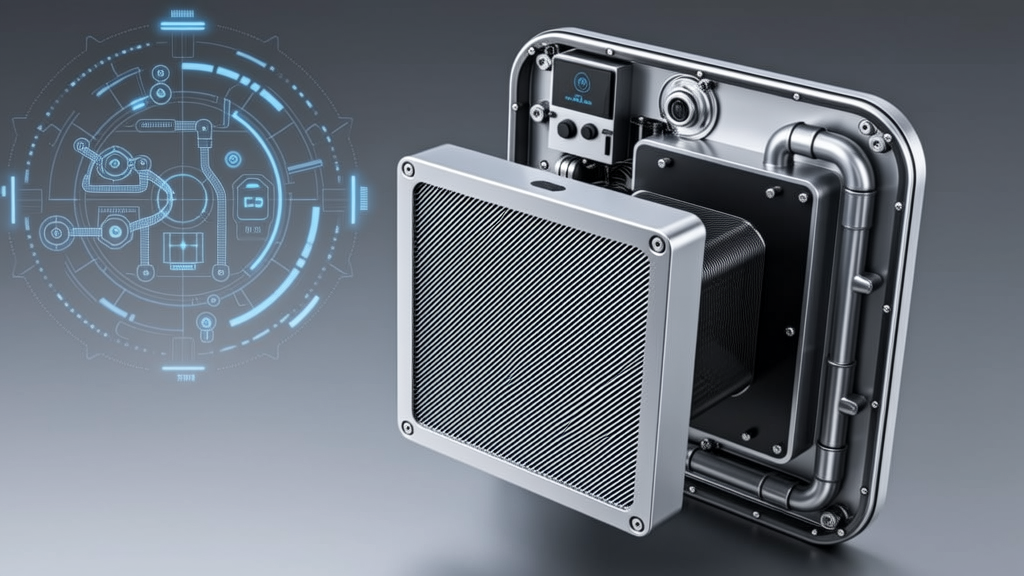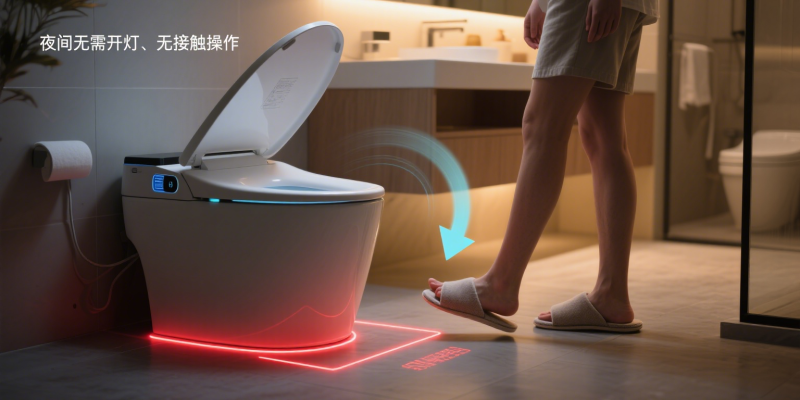How does UVC sterilization technology revolutionize air purifiers? In depth analysis of the future of air disinfection and odor decomposition
This article provides a detailed introduction to the application scenarios of UVC sterilization technology in air purifiers, combined with photocatalytic technology to achieve efficient air disinfection and odor decomposition. The technical principles, advantages, and practical application cases are discussed
With people's increasing attention to air quality, air purifiers, as an important tool for improving indoor environments, are undergoing continuous technological innovation. Among them, UVC (ultraviolet C-band) sterilization technology has gradually become one of the core configurations of air purifiers due to its efficient sterilization ability. At the same time, combined with photocatalytic technology, UVC can not only effectively kill bacteria and viruses in the air, but also decompose odors, thereby achieving a more comprehensive air purification effect
1、 The basic principle of UVC sterilization technology
UVC is a type of ultraviolet radiation with a wavelength range of 200-280 nanometers, which has extremely strong bactericidal ability. Its main mechanism of action is to destroy the DNA or RNA structure of microorganisms, causing them to lose their reproductive ability and achieve sterilization. In air purifiers, UVC lamps are usually installed after the filtration system to ensure that the air that has been preliminarily filtered is then irradiated with UVC to further remove residual pathogens

The diagram shows the installation position of the UVC sterilization module inside the air purifier, which can be seen behind the filter layer to ensure that the air undergoes sterilization treatment before entering the final output
2、 The synergistic effect of photocatalytic technology
Photocatalyst is a material that can undergo oxidation reactions under light, commonly titanium dioxide (TiO ₂). When photocatalysts are exposed to specific wavelengths of light, they release highly active free radicals that can decompose organic pollutants in the air, such as volatile organic compounds (VOCs) like formaldehyde and benzene, as well as some odor molecules
In air purifiers, photocatalysts are often coated on the surface of the filter or placed near UV lamps to stimulate their catalytic activity through UVC irradiation. This combination not only improves purification efficiency, but also enhances the ability to treat complex pollutants

The diagram shows the usage scenario of a photocatalyst filter in an air purifier, which is covered with a photocatalyst coating on the surface and can decompose odors and harmful substances in the air under UVC irradiation
3、 The advantages of combining UVC and photocatalyst
1. * * Efficient sterilization * *: UVC can quickly kill bacteria, viruses, and other microorganisms in the air, especially suitable for places with high hygiene requirements such as homes, hospitals, and schools
2. * * Odor decomposition * *: Photocatalysts can decompose common odor molecules in the air (such as smoke, pet odor, kitchen fumes, etc.) into harmless carbon dioxide and water under the excitation of UVC
3. * * Low energy consumption * *: Compared to traditional activated carbon adsorption technology, UVC+photocatalyst systems have lower power consumption during operation and do not require frequent replacement of filter cartridges
4. * * Environmental safety * *: This technology does not produce secondary pollution and does not release harmful gases, making it suitable for long-term use
4、 Practical application case analysis
In recent years, many well-known home appliance brands have applied UVC+photocatalyst technology to their high-end air purifier products, achieving good market response
For example, the flagship air purifier of a certain brand adopts a dual-mode purification system, including HEPA filter, activated carbon layer, and UVC+photocatalyst module. Actual test data shows that the device has an inactivation rate of over 99% for Escherichia coli in the air and a removal rate of over 90% for formaldehyde, significantly better than traditional purifiers
In the medical environment, the application of UVC+photocatalyst technology is also outstanding. After a certain hospital introduced air purifiers equipped with this technology, the concentration of bacteria in the air in the ward significantly decreased, and the infection rate of patients also decreased accordingly
5、 Future Development Trends and Challenges
Although UVC+photocatalytic technology has shown great potential in the field of air purification, it still faces some challenges. For example, UVC lamps have a limited lifespan and require regular replacement; The cost of photocatalytic materials is relatively high, which may affect the overall price of the product
However, with the advancement of materials science and light source technology, these problems are gradually being solved. In the future, with the integration of intelligence and IoT technology, UVC+photocatalytic air purifiers are expected to achieve more precise control and higher energy efficiency, further promoting the development of the air purification industry
6、 Conclusion
The combination of UVC sterilization technology and photocatalyst has brought a new solution to modern air purifiers. It not only improves the efficiency of air purification, but also achieves efficient decomposition of odors, providing people with a healthier and more comfortable living environment. With the continuous advancement of technology, we have reason to believe that future air purifiers will be more intelligent, efficient, and truly become the "air guardians" of homes and office spaces
